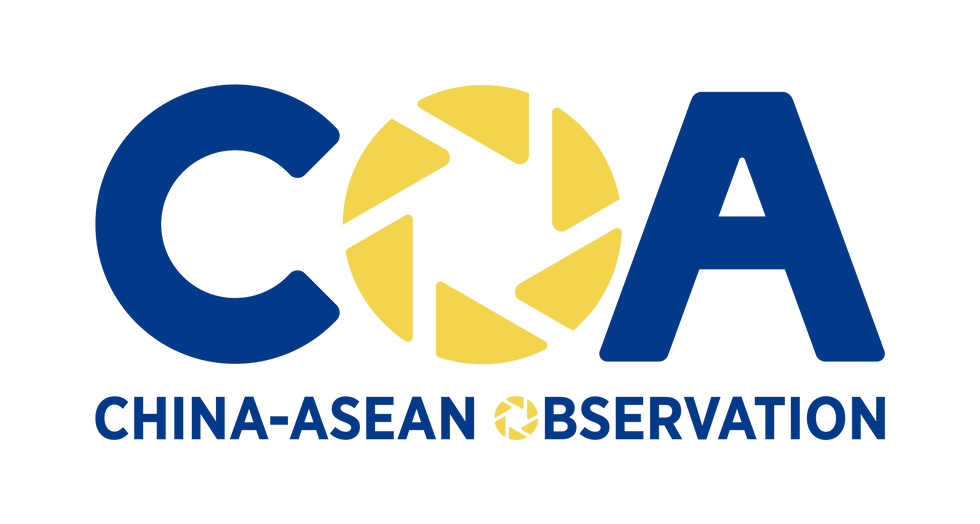
Yan Li, senior lecturer at Nanyang Business School, Nanyang Technological University, Singapore
This year marks the first anniversary of the full implementation of the Regional Comprehensive Economic Partnership (RCEP) among its 15 member countries. And ASEAN has maintained its position as China’s largest trading partner for four consecutive years. As the benefits of the RCEP continue to unfold and trade between China and ASEAN becomes increasingly dynamic, new opportunities for cooperation between these regions are emerging.

The 3rd RCEP Regional (Shandong) Import Commodities Expo, Aug 18, 2023, (Photo by Xu Chuanbao, Xinhua News Agency)
The cooperation between China and ASEAN in emerging economies holds significant strategic importance, both regionally and globally. This collaboration not only strengthens economic ties between China and ASEAN but also plays a critical role in shaping the future of the global digital economy.
The partnership between China and ASEAN has been a driving force behind economic growth in the region. As emerging economies, many ASEAN countries benefit from China's investments, technology transfers, and market access. This cooperation fosters economic stability, reduces poverty, and supports sustainable development, contributing to a more balanced regional economy. As a model for South-South cooperation, the China-ASEAN partnership demonstrates how emerging economies can collaborate to achieve mutual growth. This cooperation strengthens the voice of the Global South in international economic forums and promotes a more equitable global economic order.
Additionally, the deepening of economic ties between China and ASEAN enhances supply chain resilience across the region, especially in today’s VUCA business environment facing high geopolitical challenges. By working together, these economies can diversify supply chains, reduce dependency on external markets, and better withstand global economic disruptions.
The ongoing negotiations for the 3.0 version of the China-ASEAN Free Trade Area (CAFTA) agreement represent a significant step forward in deepening economic cooperation between China and ASEAN. This progress aligns well with the broader objectives of the Regional Comprehensive Economic Partnership (RCEP), which includes both China and ASEAN member states (ASEAN 10+5). The successful conclusion of these negotiations is likely to yield substantial benefits, particularly in emerging economic industries, and further solidify the region's position as a dynamic hub of economic growth.
The technology-driven opportunities. The CAFTA agreement is not just about collaboration in emerging industries. It's about paving the way for innovation in the digital economy, advanced smart manufacturing, and the green/social impact industries. With the rapid advancement of cutting-edge technologies, China and ASEAN can leverage their complementary strengths to build robust smart supply chains, innovate together, and tap into new markets. This not only drives economic growth but also fosters innovation, making the region more competitive on the global stage.
Opportunities in and with the Global South. The integration of China and ASEAN through the CAFTA agreement, alongside RCEP, will have a positive ripple effect on the broader Global South. These agreements reduce trade barriers and enhance connectivity, which create a model for South-South cooperation, demonstrating how emerging economies can collaborate to achieve mutual growth. The emphasis on inclusive development, capacity building, and technology transfer will empower other developing regions to pursue similar paths, potentially leading to more balanced global economic development.
Market expansion with CAFTA. The RECP (ASEAN 10 + 5) has a commitment to 0 importation tax on digital goods. The upgraded CAFTA will likely lower tariffs and streamline regulations, making it easier for businesses in both China and ASEAN to enter each other’s markets. This will particularly benefit small and medium-sized enterprises (SMEs) by providing them with greater access to regional markets.
Digital business and e-commerce. The agreement is not just about trade, it's about the future of business. It's expected to promote digital trade and cross-border e-commerce, offering new avenues for businesses to innovate and reach consumers in ways that were previously unimaginable. This is an exciting prospect for the future of commerce.
Sustainable development opportunities. The focus on green and sustainable industries will create new opportunities in sectors like renewable energy, sustainable agriculture, and eco-friendly infrastructure. This aligns with global efforts to combat climate change and promotes sustainable economic growth.
While the prospects are overwhelmingly positive, some challenges need to be addressed. First, it is critical that all member states harmonize their economic and industry regulations, particularly in emerging industries, to avoid bottlenecks and ensure smooth trade flows. Second, Given the diverse economic profiles of ASEAN countries, balancing the interests of all parties will be a delicate task. Achieving consensus on issues such as intellectual property rights, data governance, and environmental standards will require careful negotiation. Furthermore, the broader global economic and geopolitical uncertainties could pose risks to the full realization of the benefits of CAFTA 3.0. However, the resilience of China and ASEAN, coupled with their commitment to cooperation, is likely to mitigate these risks.

(If you have a specific expertise, or would like to share your thought, please send us your writings at CAobservation@outlook.com)

Comments